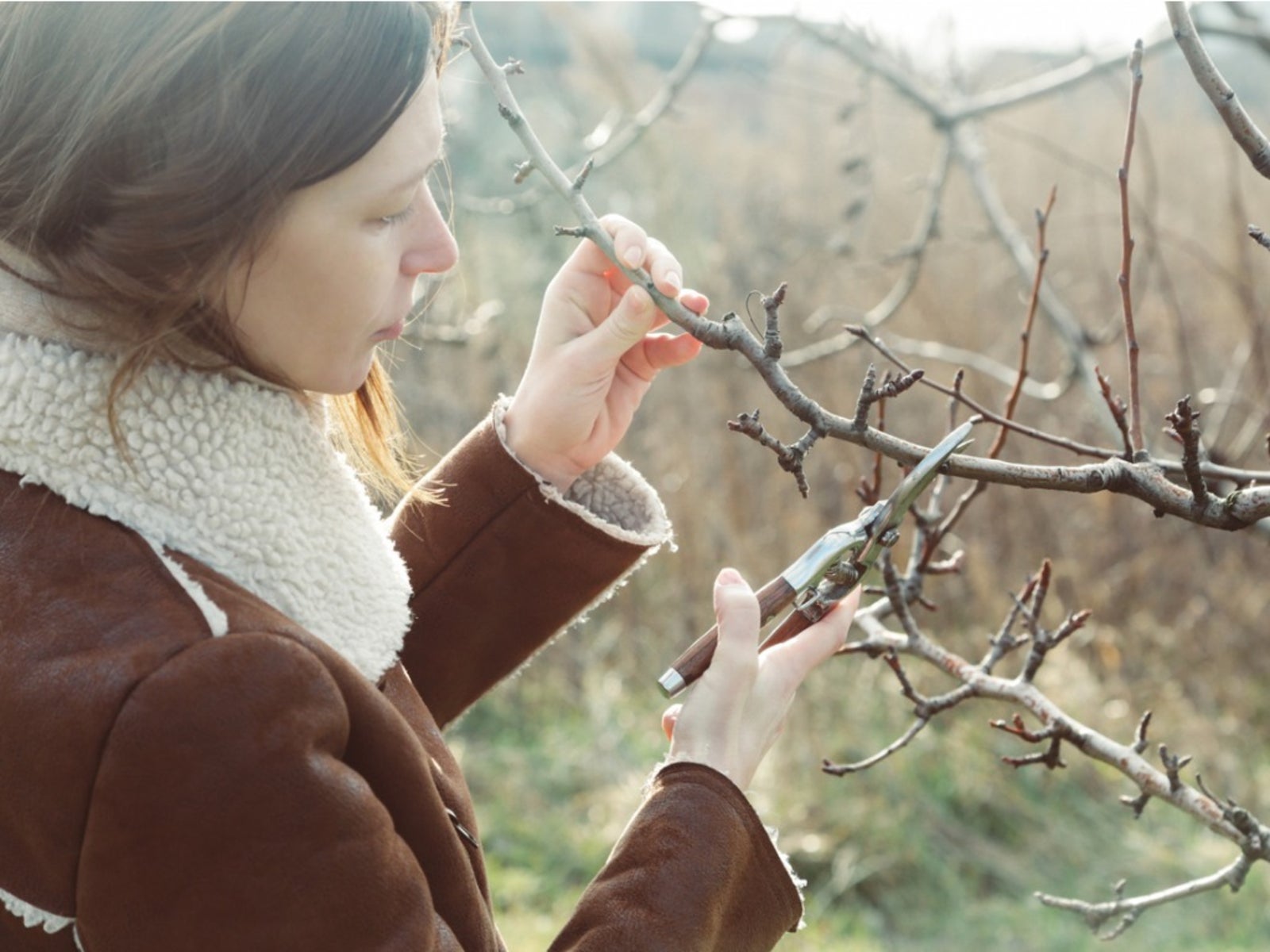Winter Pruning Tips - How To Prune In Winter


Most deciduous trees and shrubs are dormant in winter, dropping their leaves, ceasing their growth, and settling down to rest. That makes pruning in winter a very good idea, although there are some trees and shrubs that require summer pruning. If you are wondering how to tell those apart that require summer pruning or how to prune in winter, read on for winter pruning tips.
Pruning in Winter
If you have deciduous trees and shrubs in your backyard, you know how different they look in winter than in summer. As these plants lose their foliage in fall to prepare for dormancy, you see their “bones” clearly, their trunk (or trunks) and all of their branches.
Winter pruning trees and shrubs makes a lot of sense. Since the plants are essentially “sleeping” during dormancy rather than actively growing, they will lose less sap from trimming than they would in summer. In addition, it’s far easier to notice broken, dead, diseased, or weak limbs that should be removed.
Winter Pruning Trees and Shrubs
So which shrubs and trees should be pruned in winter? Basically, winter pruning shrubs and trees works for those that bloom on new growth. However, winter pruning would eliminate next year’s flowers for those that bloom on old growth.
For example, some hydrangeas start to set buds soon after their flowers fade and those should be pruned in summer. May is the cut off; if the tree or shrub blooms before May, prune it right after it blooms. If it blooms in May or after, prune it the following winter.
What about evergreens? Evergreens enter dormancy in winter too. Although they don’t drop their foliage, they do cease active growth. Winter pruning shrubs and trees is also best for evergreens.
Winter Pruning Tips
If you are wondering how to prune in winter, here are a few important tips. Wait until late winter to prune. Early winter pruning can dry out the tree in freezing weather. Any pruning in winter should also wait for a dry, mild day. Rain or runoff can help to spread waterborne plant diseases and truly cold temperatures during pruning can damage the tree.
Sign up for the Gardening Know How newsletter today and receive a free copy of our e-book "How to Grow Delicious Tomatoes".
The first step for any winter pruning or tree is to take out dead, diseased, or broken branches. This applies to evergreens and deciduous trees as well. The way to do this is by cutting a branch at the point where it joins another. Dormancy is also the best time to take off the unwanted lower branches on all evergreen shrubs and trees.
Winter pruning trees is the best time to remove branches that rub against each other. During the cold season, you should also eliminate double leaders and take out narrow V-shaped forks.
After that, think about thinning the trees or shrubs. Prune out overgrown branches to allow sunlight and air to enter the tree canopy. Don’t trim out branches that provide part of the structure of the tree.

Teo Spengler is a master gardener and a docent at the San Francisco Botanical Garden, where she hosts public tours. She has studied horticulture and written about nature, trees, plants, and gardening for more than two decades, following a career as an attorney and legal writer. Her extended family includes some 30 houseplants and hundreds of outdoor plants, including 250 trees, which are her main passion. Spengler currently splits her life between San Francisco and the French Basque Country, though she was raised in Alaska, giving her experience of gardening in a range of climates.